History of Sigma: Redefining Photography Through Innovation
Since its inception, Sigma has been synonymous with quality, innovation, and an unyielding commitment to excellence. It has firmly established itself as a leading manufacturer of lenses and cameras, and its reputation for producing cutting-edge and reliable photography equipment is widely acknowledged by both professionals and hobbyists alike.
Sigma's journey through the decades presents a compelling narrative of how a company's innovative approach can shape, influence, and redefine photography. This tale of resilience, evolution, and technological breakthroughs not only underscores Sigma's contributions to the photographic industry but also reflects its ongoing mission to provide photographers with the tools they need to truly realize their vision.
Sigma's Origins
The tale of Sigma begins in 1961 when Michihiro Yamaki established the company in Tokyo, Japan. Yamaki's vision was straightforward yet ambitious: to produce high-quality, innovative lenses that would challenge the industry's status quo. The company's early days were marked by a spirit of innovation and a relentless pursuit of optical excellence that would come to define Sigma's ethos.
The company's inaugural offering was the Sigma 200-500mm/3.5-4 Telephoto Zoom, an innovative lens that showcased Sigma's commitment to creating versatile and reliable photography equipment. The lens was a testament to Sigma's dedication to craftsmanship and precision, traits that would become integral to the brand's identity. This initial foray into the world of optics set the stage for Sigma's future trajectory, providing a glimpse into the company's capacity for innovation and its determination to leave an indelible mark on the photography industry.
Growing a Reputation (1970s - 1980s)
As the 1970s unfolded, Sigma began to make its mark on the global stage. The brand consistently produced high-quality lenses that rivaled, and in some cases exceeded, the performance of those produced by established camera manufacturers. This period was marked by a series of innovative product launches that firmly established Sigma as a force to be reckoned with in the photography world.
One standout product of this era was the Sigma 12-24mm F4.5-5.6 DG HSM lens, which was heralded for its extreme wide-angle capabilities. As one of the first lenses of its kind, it showcased Sigma's willingness to push the boundaries of lens design and optical technology.
Sigma also made significant strides in developing lenses for various camera mounts, providing photographers with more choice and flexibility. This opened up a world of possibilities for photographers who were no longer confined to lenses produced by their camera's manufacturer.
By the end of the 1980s, Sigma had solidified its reputation as a manufacturer of high-quality, reliable, and innovative lenses. The brand had proven that it could stand shoulder to shoulder with the most established names in the industry, not merely as an alternative option, but as a formidable competitor in its own right.
Pioneering Innovation (1990s - 2000s)
As Sigma entered the last decade of the 20th century, it continued to break new ground, pushing the limits of what was possible in lens technology. This period marked a time of profound innovation for the company, with several notable achievements that further elevated Sigma's status within the industry.
In 1994, Sigma introduced the world's first ultra-wide-angle 20mm F1.8 lens, a truly groundbreaking product that opened up new creative avenues for photographers. This lens was celebrated for its ability to capture expansive scenes without distortion, a trait particularly valuable in landscape and architectural photography.
Not one to rest on its laurels, Sigma continued to innovate, delivering the world's first large-aperture 50mm F1.4 lens in 2008. This lens, with its superior low-light performance and depth-of-field control, was a game-changer for portrait photographers and solidified Sigma's reputation as a manufacturer of top-tier prime lenses.
This era also saw Sigma extend its innovation to the world of camera bodies. The launch of the Sigma SD series marked a significant departure from traditional digital cameras. At the heart of these cameras was the Foveon X3 sensor, a unique technology that captured red, green, and blue light at every pixel location. This resulted in images with remarkable detail and color fidelity, making the SD series a favorite among many photographers.
In summary, the period from the 1990s to the 2000s was one of intense innovation for Sigma. The brand not only continued to solidify its reputation for producing top-quality lenses but also demonstrated its ability to disrupt the status quo with its unique take on digital camera technology.
The Art, Contemporary, and Sports Lines (2010s - Present)
The past decade has seen Sigma continue to redefine the landscape of photography with its innovative approach to lens design. In a bold move in 2012, Sigma restructured its entire lens lineup into three distinct categories: Art, Contemporary, and Sports. This rebranding not only clarified Sigma's offerings but also highlighted the company's commitment to meeting the diverse needs of photographers.
The Art line, as the name suggests, is geared towards photographers who prioritize artistic expression. These lenses boast exceptional optical performance and a wide range of focal lengths. The standout star of this line is arguably the Sigma 35mm F1.4 DG HSM Art, a lens celebrated for its superior sharpness, beautiful bokeh, and remarkable low-light capabilities.
Sigma's Contemporary line is designed with the modern photographer's needs in mind. These lenses balance high optical performance with compactness and versatility, making them ideal for travel and everyday photography. The Sigma 18-300mm F3.5-6.3 DC MACRO OS HSM Contemporary is a shining example, providing photographers with a vast range of focal lengths while maintaining excellent image quality.
The Sports line, on the other hand, caters to photographers who require lenses capable of capturing fast-moving action with precision. Notably, the Sigma 150-600mm F5-6.3 DG OS HSM Sports offers a phenomenal reach, weather sealing, and sharp results, making it a favorite among wildlife and sports photographers.
Sigma's Influence on Photography
Sigma's journey through the years has not merely been about producing cutting-edge lenses and cameras; it has also been about shaping the very fabric of photography itself. The company's commitment to innovation and quality has had a profound impact on professional photography, pushing the boundaries of what is possible and encouraging photographers to reimagine their art.
In particular, Sigma's lens technology has been a game-changer. With a wide array of lenses offering different focal lengths, apertures, and unique features, Sigma has enabled photographers to capture the world in new and exciting ways. For instance, the ultra-wide-angle lenses have allowed landscape photographers to encompass vast scenes in a single shot, while the large-aperture lenses have given portrait photographers the ability to create stunning bokeh effects and work in low light conditions.
In summary, Sigma's impact on photography extends far beyond the manufacturing of lenses and cameras. Through its groundbreaking technology and relentless pursuit of quality, the brand has left an indelible mark on the industry, inspiring photographers around the globe to push their creative boundaries.
Check out also other brands

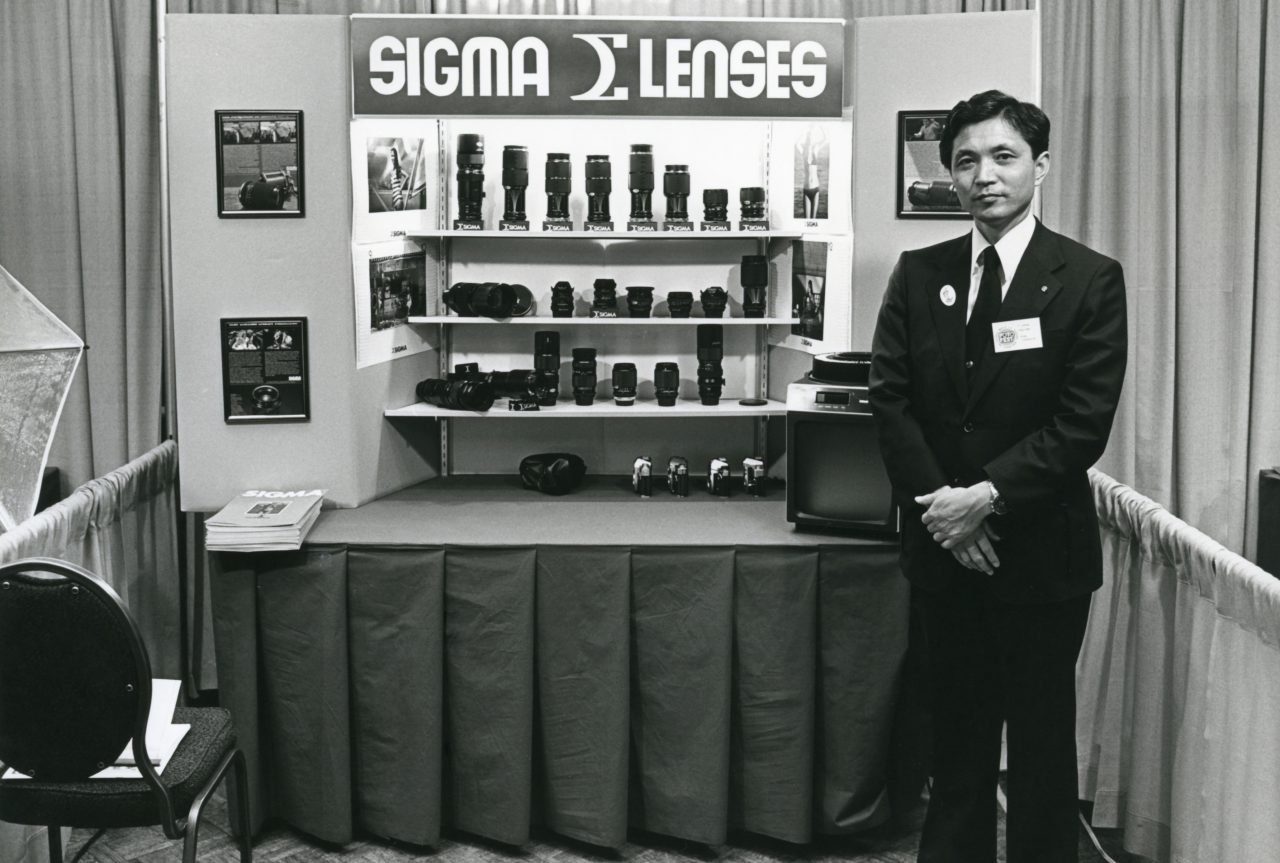
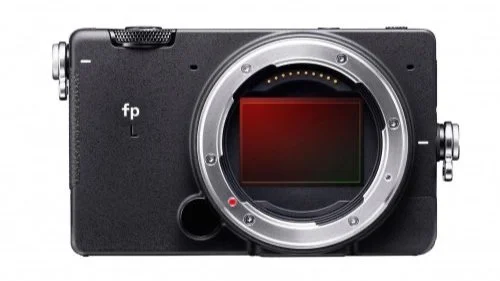







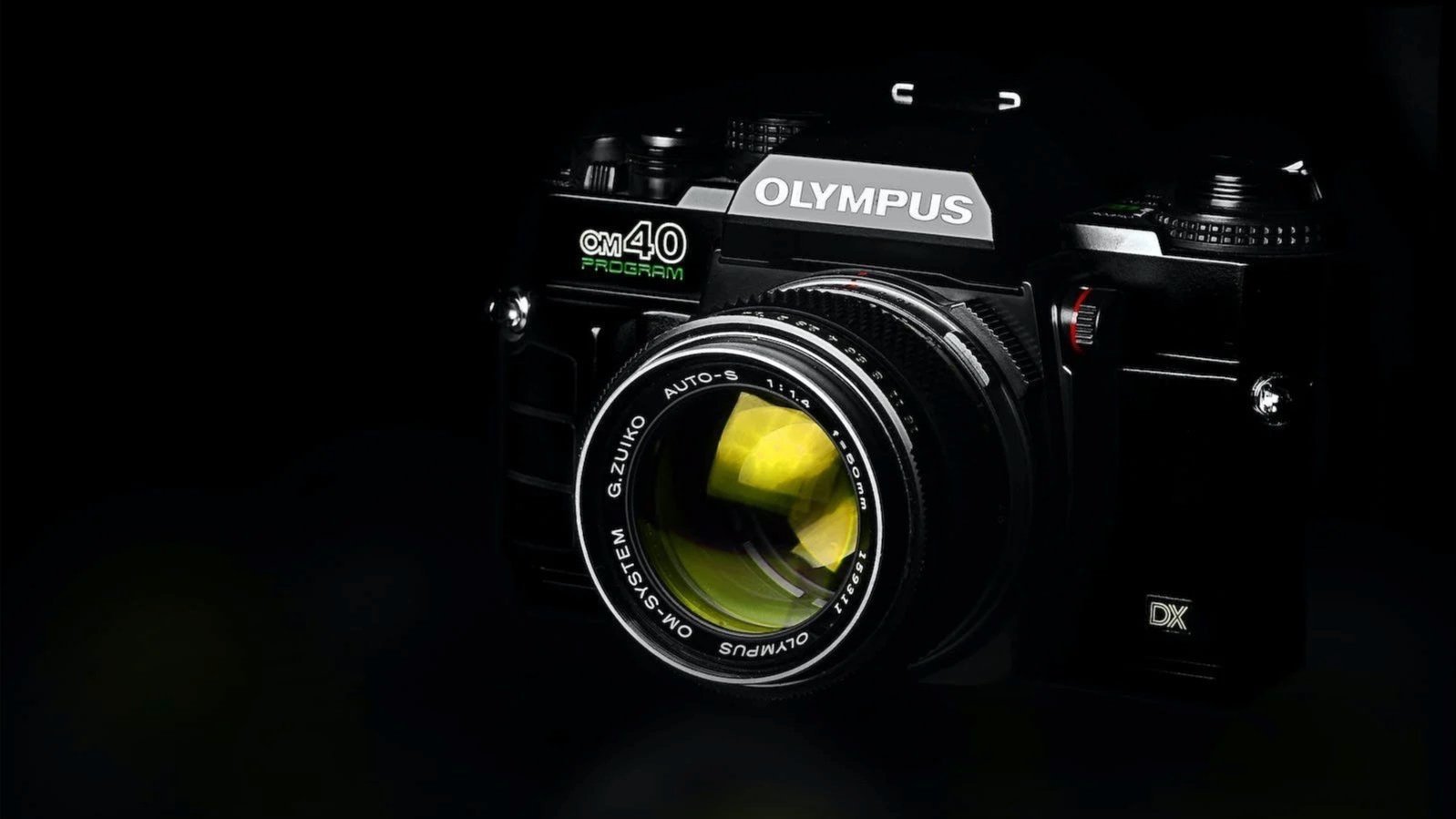
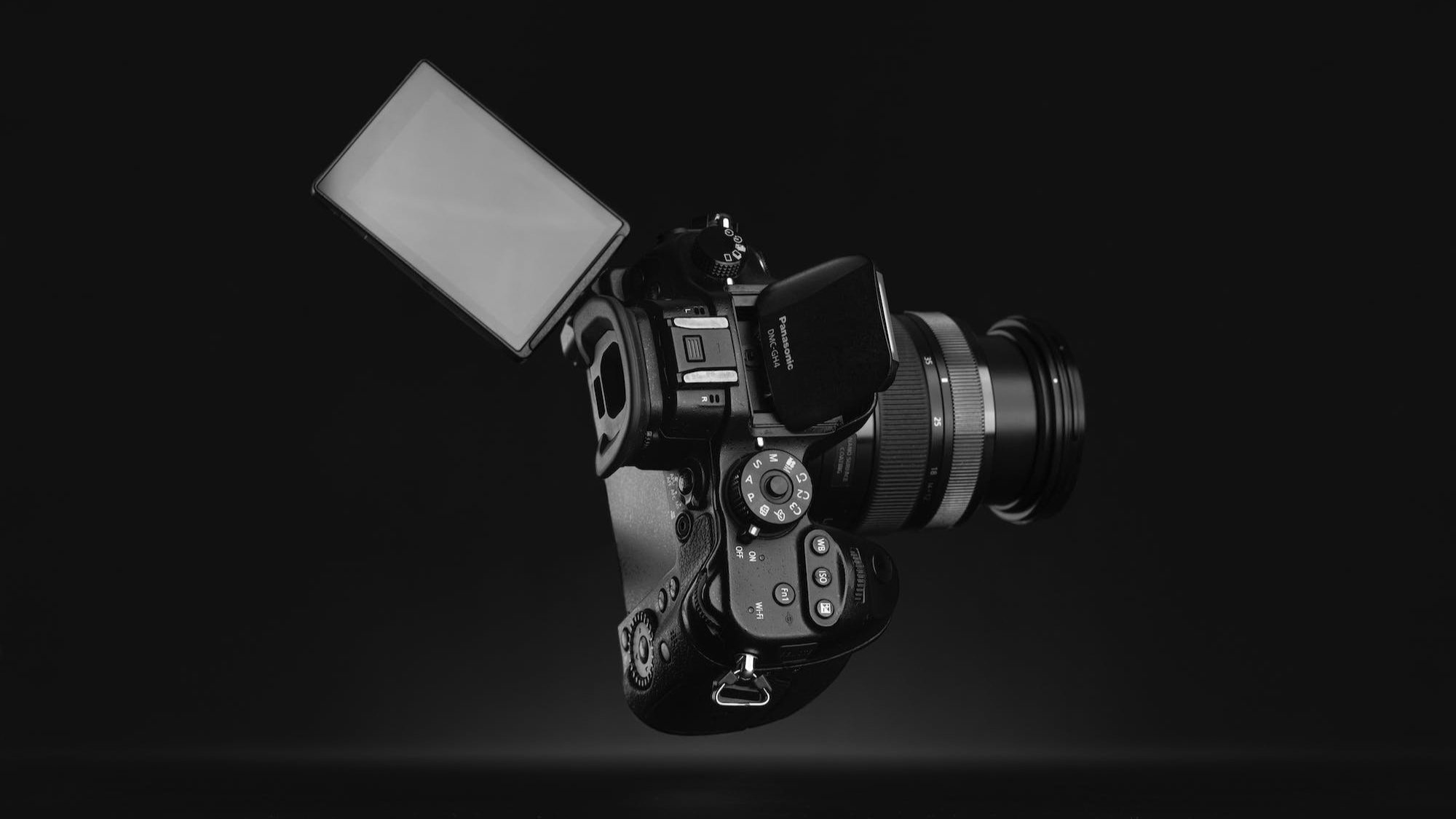




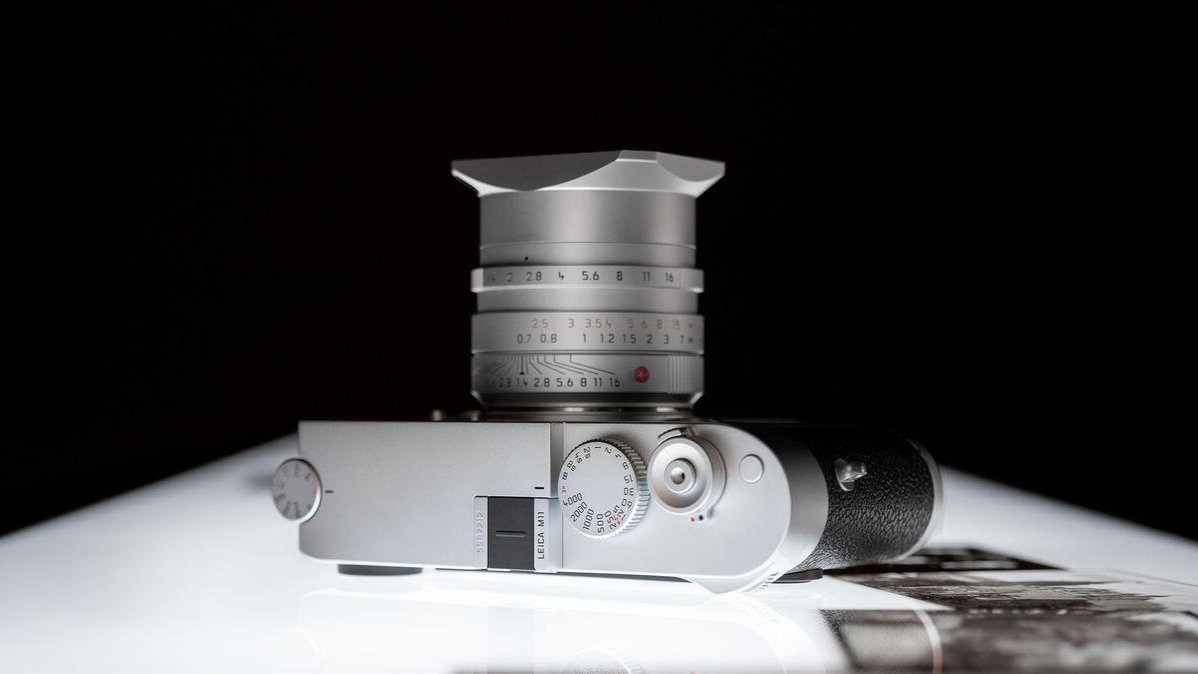

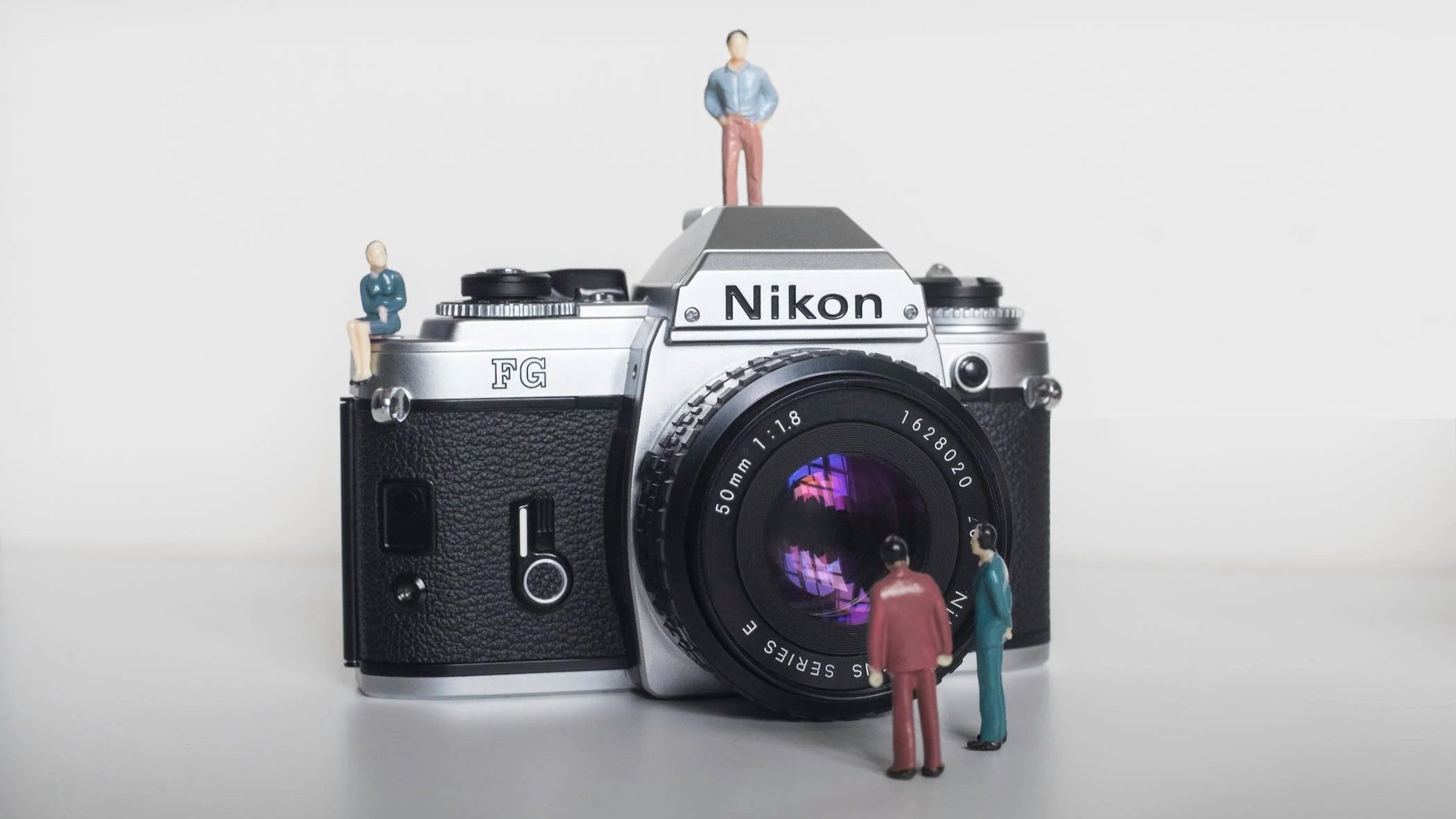
Lomography, a term and a movement that resonates deeply in the world of photography, represents more than just a style or a technique—it signifies a philosophy, a way of seeing and capturing the world. Rooted in a spirit of spontaneity, experimentation, and a celebration of imperfection, Lomography encourages …